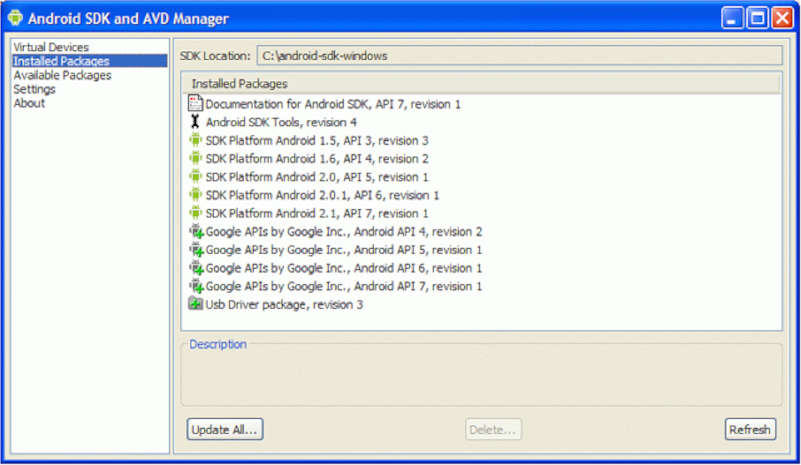More and more complex software products for gadgets are appearing on the market and they need to be tested by specialists. That is why mobile application testing services have become an independent area of QA, which is actively developing in recent years. In this article we will get to know:
- What mobile apps are like;
- What is the difference between testing such software products;
- What tools must be mastered by a tester;
- How to deal with the most common defects;
Mobile app types
All applications can be divided into three types.
1. Mobile Web Apps
The most common type, which easily allows websites to be displayed on a variety of devices. These are not apps in their pure form, but mobile-adapted site interfaces with active functionality. Web applications are cross-platform, they do not need to be installed, and they are quite easy to use. Other advantages of this type of software include fairly simple and fast development. But web applications also have disadvantages – they need to be connected to the Internet to work, limited security, and low performance.
2. Native applications
Such applications are developed only for a particular platform and take the most out of a particular operating system. Native applications can use other resources of the gadget: camera, navigator, contacts list, and so on. They are characterized by wide functionality and high speed.
But these applications have disadvantages, too: low platform coverage in comparison with mobile web applications, high development costs, and the need to make regular updates.
3. Hybrid apps
Unlike native apps, hybrid apps are developed for multiple platforms simultaneously and are written in a universal language. Such a product can be placed in the storerooms, and there is no need to release a new version every time to update it. It is enough to add all changes to the server. The drawback of such applications is the visual style. After all, the development of an application for a specific platform is based on a single guideline. And the interface of a hybrid app loses the recognizable features of the operating system.
How to test mobile applications
Mobile application development is different from desktop applications. Therefore, in the process of testing as well, the engineer is obliged to make checks due to the nature of software products. For example, it is necessary to check the installation of updates.
Operating system developers are constantly improving platforms and making them safer and more productive. This also forms new requirements for mobile applications. The user should not experience any difficulties in the update process. What if the user doesn’t install new versions in time? How will the app react to this? The tester looks for answers to these questions.
Testing helps reveal the application’s reaction to unpredictable user actions. Imagine, an unlocked gadget is in your pocket or bag, and the app must correctly handle a set of chaotic and incoherent actions.
Another type of testing – assessing the quality of different types of connections. This testing takes place in a laboratory environment, where it is possible to recreate the most realistic communication conditions. This type of test demonstrates how the application will behave in non-standard situations, for example, when the Wi-Fi signal is barely detectable.
The team on a project can consist entirely of mobile app testers or remain combined. This depends on the specifics of the product being tested. An outsourcing company may have only a few mobile software QA specialists or a large department. In this case, a novice can build a career from junior to lead. Product companies may also have their own QA department.
Mobile applications testing tools
The QA engineer’s toolkit is quite rich: emulators, beta-testing services, programs for statistical data collection, and so on. Let’s look at them in more detail.
Emulators
Emulators are programs that emulate the behavior of other devices. The main advantage of emulators is that they help to test complicated scenarios which are not recommended for real cell phones (if the tests can damage the device).
Today it is easy to find emulators for all the common operating systems. For example, the Android SDK allows you to run debugging and source code testing. In addition, you can get the results in real-time.
Beta-testing services
As a reminder, beta testing is active work with the almost-ready version of the product to find all possible bugs and their further elimination.
The Beta Family is a free service that allows you to create an account and download a beta version of the application. After that, you can send an invitation to test the software and then analyze the results.
Statistics gathering
Statistical information about how users work with the application will not be superfluous. You will find out which features attract users the most, and which mistakes they make.
You’ll also get statistics about which OS versions are most frequently encountered by app users and the representation of your app on the geographical map. You can get such data using data collection solutions. Examples of the most common free systems are Google Analytics, Flurry, BugSence, Apsalar.

